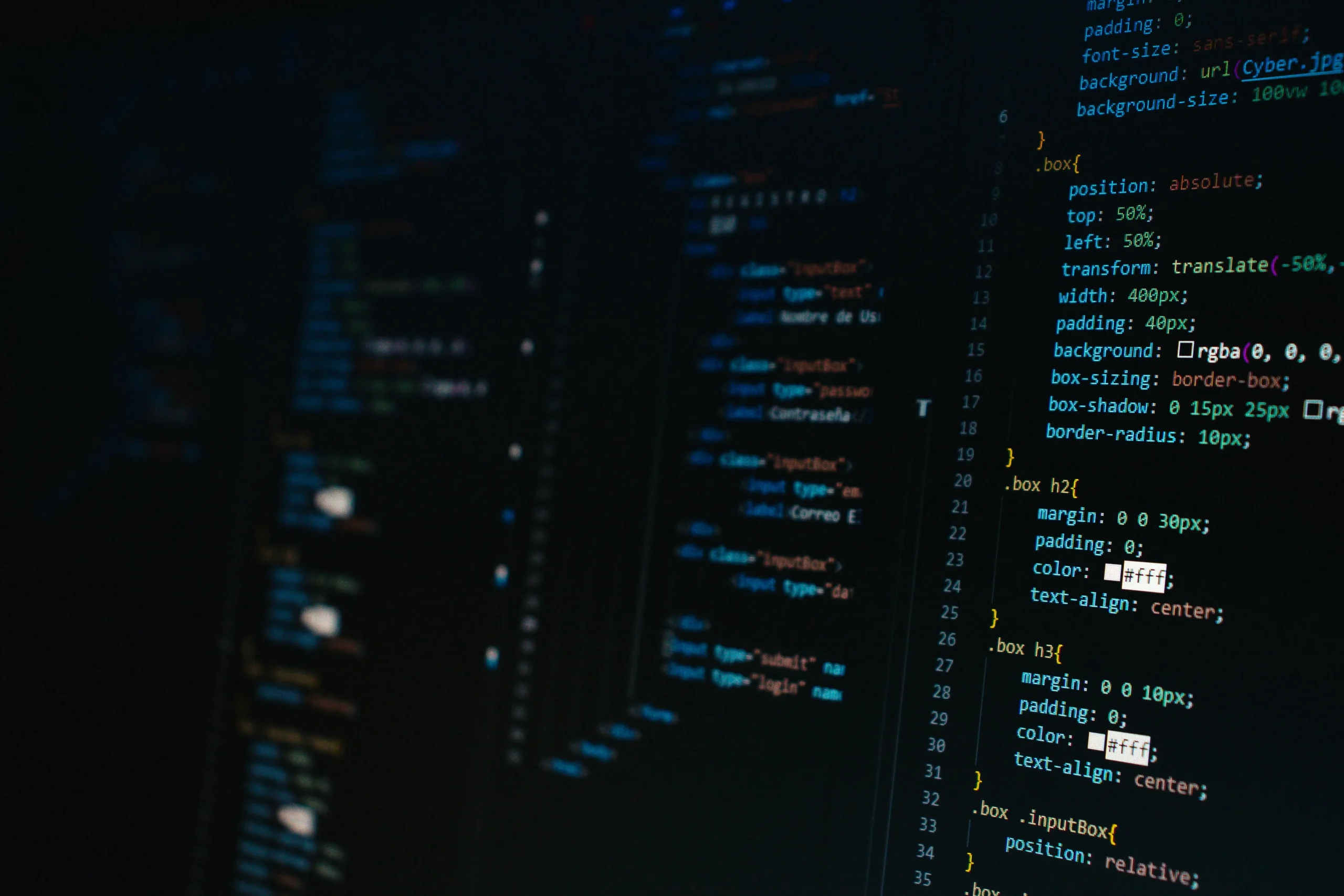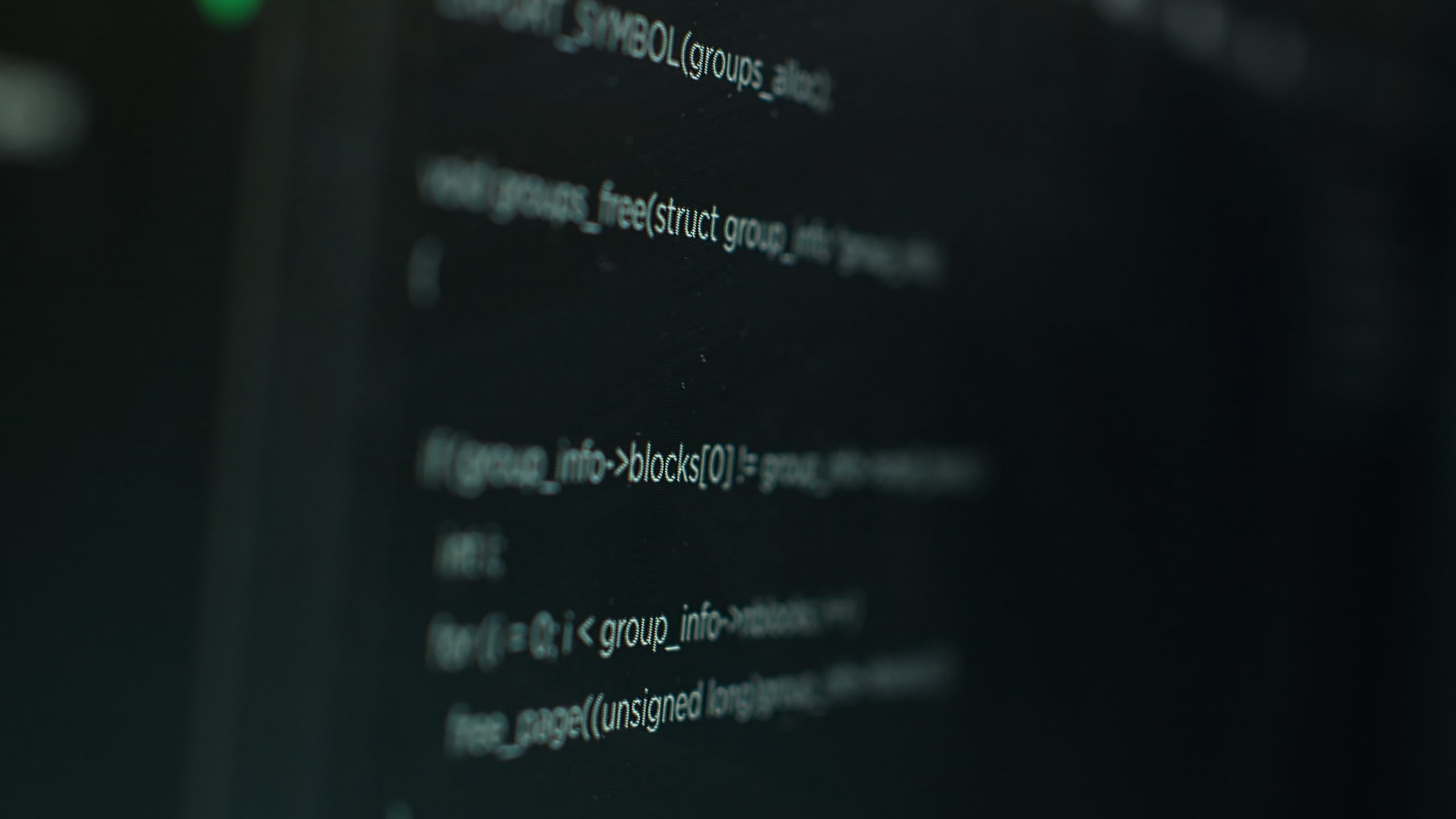The software development lifecycle (SDLC) is a structured process that guides development teams in creating excellent-quality software successfully and cost-effectively.
Understanding SDLC Phases And Challenges
in 2024
Understanding SDLC Phases And Common Challenges in 2024
Link Copied
- November 29, 2024
Navigating the complexities of software development in 2024 requires more than just technical know-how. It demands a clear understanding of the software development lifecycle (SDLC) process, the challenges, and the strategies that can make or break a project.
Whether you’re trying to figure out how to maintain efficiency in a fast-paced environment, choosing the right development model, or addressing common pitfalls like scope creep and communication gaps, this guide offers insights to help you stay on track.
What is SDLC?
The software development lifecycle (SDLC) is a structured process that guides development teams in creating excellent-quality software successfully and cost-effectively.
This methodology breaks down the software creation journey into requirements analysis, design, development, testing, deployment, and maintenance.
Originating in the mid-20th century as a response to the increasing complexity of software systems, SDLC has evolved into a critical framework for managing software projects.
Now that you understand the SDLC meaning let’s see why it’s so important today.
Why is The Software Development Lifecycle So Important in 2024?
In 2024, the SDLC remains important for businesses looking to tackle the complexities of software development. As technology develops and customer expectations rise, the SDLC offers a clear and systematic project management approach.
The software development lifecycle provides a standardized framework that ensures everyone involved can stay aligned with project goals and timelines.
This methodology improves the efficiency of planning and execution and enhances visibility and communication among stakeholders. As a result, it reduces risks and controls costs.
In a fast-paced environment, the software development lifecycle is indispensable for delivering high-quality software that meets the needs of today’s demanding market.

The 6 Essential Phases of SDLC and How They Work
Each of the SDLC stages serves a specific purpose, ensuring that the final product is not only functional but also meets stakeholder expectations and adheres to industry standards.
Requirement Analysis And Planning
The first of the six SDLC stages is about laying a solid foundation for the project.
During this stage, the development team collaborates with stakeholders to gather and analyze the specific requirements for the software. This involves understanding end-users needs, determining project goals, and evaluating potential risks.
Once the requirements are clear, the team moves on to planning, where they map out the entire project, including cost estimation, resource allocation, and scheduling. This phase ensures everyone is aligned with the project’s objectives, setting the stage for a smooth and efficient development process.
Practical Tips For This Stage
- Involve Stakeholders Early
Engage all key stakeholders from the start to gather detailed requirements. This collaborative approach helps gather comprehensive requirements and set realistic expectations.
- Prioritize Requirements
Not all requirements carry the same weight. Focus on the most important features using the preferred prioritization frameworks.
- Create a Solid Plan
Develop a flexible but explicit project plan with clear milestones and resource allocation. This plan should be flexible enough to accommodate changes but robust enough to keep the project on track.
Design
Following the planning phase, the design phase focuses on creating the blueprint for the software. Software engineers take the gathered requirements and translate them into a detailed design plan. This plan includes architectural designs, user interfaces, and data structures, ensuring that the software will be functional and user-friendly. During this phase, the team also decides on the best tools and technologies to use and how the software will integrate with existing systems. The design phase is crucial for setting the foundation on which the software will be built.
Practical Tips For This Stage
- Use Prototyping
Before diving into full-scale development, create prototypes or wireframes to visualize the software’s interface and workflow.
- Choose Scalable Architectures
Opt for flexible designs that can grow with future needs.
- Document Decisions
Keep thorough documentation of design choices for consistency and future reference. This ensures that all team members are aligned and provides a reference for future maintenance or enhancements.
Development
The project comes to life in the development phase as developers begin coding based on the design specifications. This is one of the most important SDLC stages and involves breaking the software into smaller modules. Each module is then coded and tested individually.
The development phase is where the software’s functionality is created, and it often overlaps with testing to ensure that the code is working as expected. Developers follow best practices to produce clean, efficient code, laying the groundwork for a reliable and robust software solution.
Practical Tips For This Stage
- Adopt Agile Practices
Implement Agile practices like Scrum or Kanban to break the development process into manageable sprints.
- Enforce Code Reviews
Regular code reviews and pair programming ensure quality and foster team collaboration.
- Use Version Control
Use tools like Git to manage code changes and collaborate.
Testing
Testing is a vital phase where the software is thoroughly evaluated to ensure it meets all requirements and functions correctly. This phase involves various types of testing, including unit testing, integration testing, and user acceptance testing. The goal is to identify and fix any bugs or issues before the software is deployed.
Rigorous testing helps ensure that the software is secure, performs well, and provides a seamless user experience. It’s a critical step in delivering a great product that meets stakeholder expectations.
Practical Tips For This Stage
- Automate Regression Testing
Run automated tests regularly to ensure new code doesn’t break existing functionality.
- Implement Continuous Integration
Set up CI pipelines for early detection of issues.
- Prioritize User Testing
Involve end-users in testing to validate that the software meets their needs.
Deployment
Once the software has passed all testing, it’s ready for deployment. During this phase, the software is moved from the development to the production environment, making it available to users.
The deployment phase includes configuring the environment, migrating data, and ensuring that all systems are ready to support the software. Depending on the project’s complexity, deployment may be done in stages to minimize disruption and address any last-minute issues before the full release. Successful deployment marks the transition from development to actual use.
Practical Tips For This Stage
- Use Staged Deployments
Roll out new software in stages—such as canary or blue-green deployments, to minimize risk. This approach allows you to test the software in a live environment with a limited user base before full-scale deployment.
- Have a Rollback Plan
Prepare a rollback plan in case of deployment issues.
- Monitor in Real-Time
Track deployment with monitoring tools to catch and fix issues quickly.
Maintenance
The final phase of the SDLC is maintenance, which focuses on ensuring the software continues to perform well after deployment. This phase includes ongoing support, bug fixes, updates, and improvements based on user feedback and changing needs. Maintenance is crucial for adapting the software to evolving requirements and technological advancements, ensuring it remains effective and relevant.
Maintaining the software at an optimal level throughout its lifecycle is possible by continuously monitoring and enhancing it.
Practical Tips For This Stage
- Regular Updates
Schedule regular updates to address security vulnerabilities, improve performance, and add new features. Keeping the software up-to-date ensures it remains relevant and secure.
- Continuous Monitoring
Monitor performance in real time to address issues before they affect users.
- Encourage Feedback
Collect and review user feedback to guide future improvements.
Software Development Life Cycle Models
Choosing the right Software Development Life Cycle (SDLC) model is crucial for the success of any software project.
Each model offers a different approach to organizing and managing the development process, catering to various project needs and challenges. Below, we explore some of the most commonly used SDLC models, highlighting their key characteristics and when they are best applied.

Waterfall Model
The Waterfall Model is one of the oldest and most straightforward SDLC models, where each phase flows sequentially into the next—like a waterfall.
This model is structured, with each phase needing to be completed before moving on to the next. It’s ideal for projects with well-defined requirements, but its rigidity can be a drawback, as changes made late in the process can be costly and disruptive.
Agile Model
The Agile Model is a more flexible and iterative approach to software development. It breaks the development process into small, manageable sprint cycles, allowing teams to deliver incremental improvements frequently.
Agile’s adaptability makes it suitable for projects with evolving requirements, but it relies heavily on continuous stakeholder feedback, which can sometimes lead to scope changes or project delays.
Iterative Model
The Iterative Model emphasizes repetition, starting with a basic version of the software and refining it through repeated cycles. Each iteration results in an improved version, gradually adding new features until the final product is complete.
This model allows for early detection and correction of issues, but it can lead to scope creep and resource overuse if not carefully managed
Big Bang Model
The Big Bang Model is an unstructured approach where developers start coding with minimal planning. It throws most resources into development and is best suited for small projects or experimental endeavors with unclear requirements.
However, this model carries high risks, as a lack of structure can lead to project failure if changes are needed later in the development process.
Lean Model
The Lean Model draws inspiration from lean manufacturing principles, focusing on efficiency and waste reduction throughout development.
It emphasizes delivering value to the customer quickly by streamlining processes, making decisions just in time, and fostering a culture of continuous improvement.
The Lean Model is particularly effective for projects where optimizing resources and speed is crucial.
Common Challenges in The SDLC And How to Overcome Them
The software development lifecycle (SDLC) often comes with challenges that can complicate the path to delivering a successful project.
Scope creep is one of the most frequent issues, where the project gradually grows beyond its original boundaries, leading to delays and budget overruns. To keep this in check, having a well-defined change request process in place is crucial. By prioritizing features based on their true value and necessity, teams can ensure that only essential changes are incorporated without derailing the project.
Another significant challenge is the communication gaps that can arise, especially in larger or distributed teams. These gaps can lead to misunderstandings and misaligned expectations, ultimately slowing progress. To bridge these gaps, regular stand-up meetings and collaboration tools like Slack or Microsoft Teams can help keep everyone on the same page, ensuring clear and consistent communication.
Managing timelines is another hurdle in the software development lifecycle, particularly when balancing the need to address technical debt—those shortcuts taken during development that can lead to problems later on. To manage this effectively, allocating around 20% of each sprint to refactoring and cleaning up the code is beneficial.
This approach helps maintain the software’s quality over time and prevents small issues from becoming larger problems down the line.
Addressing these challenges head-on with practical strategies helps deliver projects on time and ensures that the software remains robust and adaptable in the long run.
Wrapping Up
The SDLC, or software development lifecycle, remains crucial for delivering high-quality software, providing a structured approach from requirement analysis to ongoing maintenance. Each phase requires careful execution, with practical strategies like prioritizing features, fostering clear communication, and managing technical debt playing vital roles.
Regular check-ins, clear documentation, and proactive problem-solving are key to overcoming these hurdles and ensuring your software meets and exceeds expectations.
In short, mastering the SDLC is about balancing structure with flexibility, proactively addressing challenges, and continuously refining your approach to deliver software that stands out in a competitive market.
Related Articles
Enhance Database Efficiency
This article discusses performance bottlenecks in databases and software services, explaining the issues and how to find and fix them.
Assess IT Service
When seeking a new IT service provider, it's crucial to consider evaluation criteria to find the right match.



